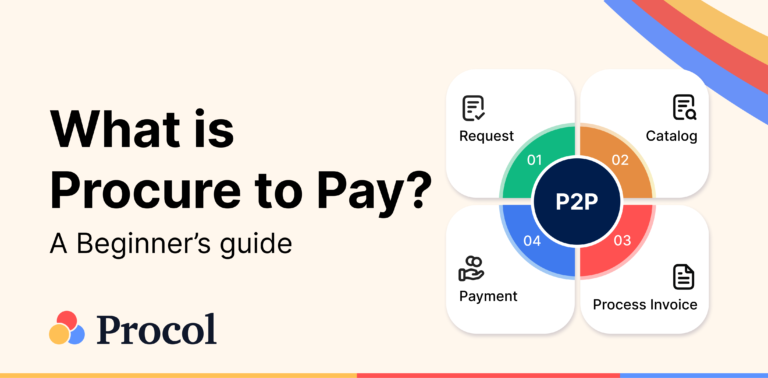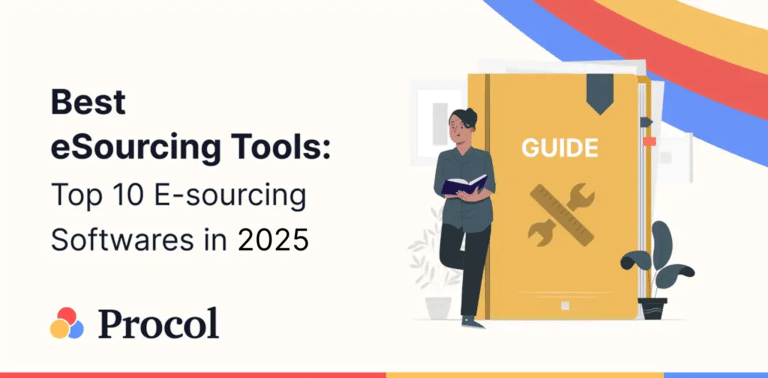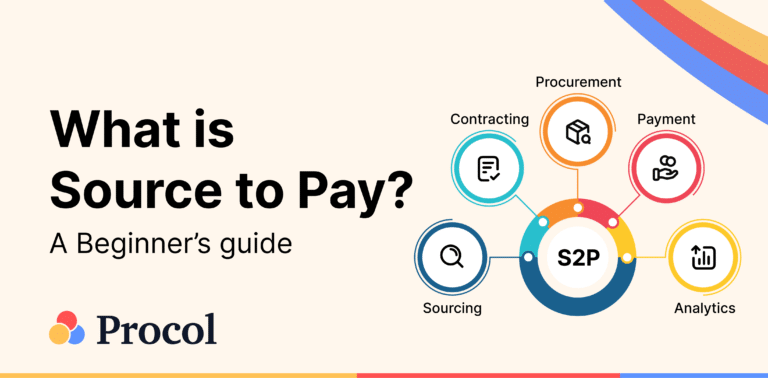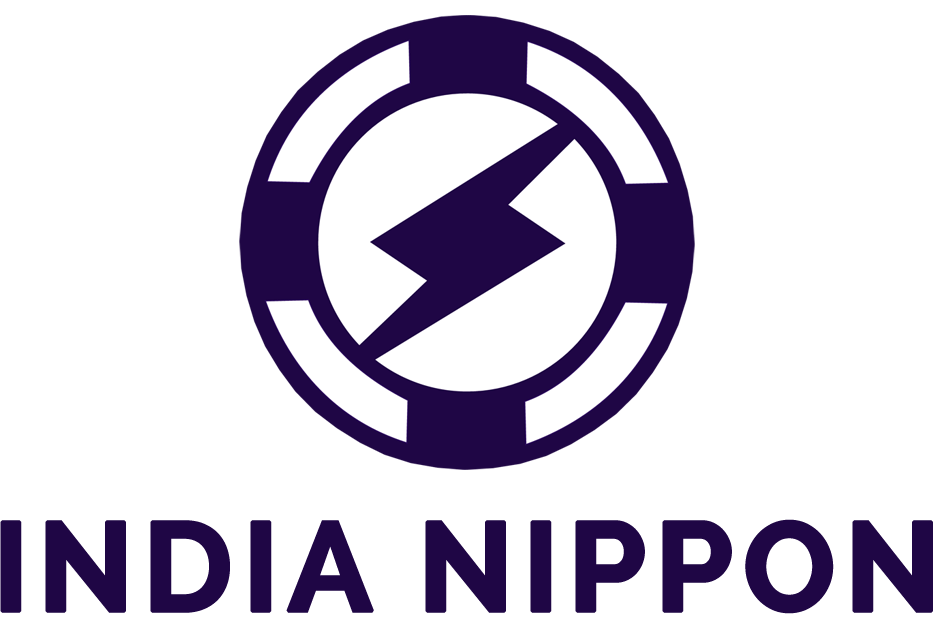Definition
The phrase best and final offer (BAFO) refers to a multi-stage procurement procedure in which written bidder offers are subject to clarification and negotiation before the bidders are invited to submit their final offer, which is not subject to further discussion. When the work’s scope is not clearly defined, the bidders’ offers are noticeably diverse, and the procurement process allows the buyer and the bidders to advance their understanding of viable solutions, such procedures may be acceptable.
How a Best and Final Offer (BAFO) Works ?
The buyer’s most advantageous bid for the seller to accept in exchange for the goods and services is the best and final offer. The process of best and final offer is not typically conducted unless it is justified; for example, if the seller has already gotten a competitive offer for their items or did not receive many bids, it is unnecessary. When a seller receives many bids, the situation will be resolved by asking each bidder to submit only one bid, which should be their best and final offer.
The procedure frequently begins with excluding potential purchasers who are not competitive. The seller, however, can accept additional bids from purchasers, including those who did not initially place a bid. All parties are informed by the seller’s representative that the deadline to submit a final offer will be soon. This time frame is frequently little more than a few days.
Each best and final offer includes more than just a price. Buyers should be prepared to present inspection and closing preferences, a clear financial profile, documentation of their lender’s pre-approval, and other non-financial criteria. The seller may provide detailed pricing to avoid ongoing negotiations. However, best and final offers may still be made as a price range to show the buyer’s desired price and maximum price.
Motives for Best and Final Offers (BAFO)
- Too many offers were made to the seller: The seller’s property may have attracted a lot of interest, and they are unsure how to whittle down the offers further. Some offer the best pricing, while others provide better terms or flexibility. The seller will employ this tactic to sift out noncompetitive offers and only proceed with the most interested parties if it believes there are more than enough parties to merit a best and final offer.
- The seller desires a quicker sale: The seller indicates to potential buyers that they want to skip part of the early-stage conversations and go straight to late-stage negotiations by starting a best and final offer procedure. The seller might only be interested in working with the most interested party to avoid navigating several rounds of discussions.
- The vendor desires the highest sum: A best and final offer signals potential buyers to make it as compelling as possible, albeit this tactic isn’t always practical. A best and last offer has the potential to spark a bidding war between the top contenders while also scaring away potential purchasers. Escalation clauses and inspection waivers fall under this category.






















